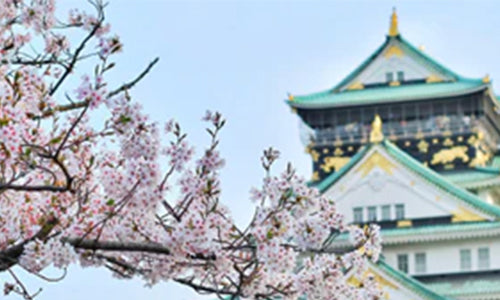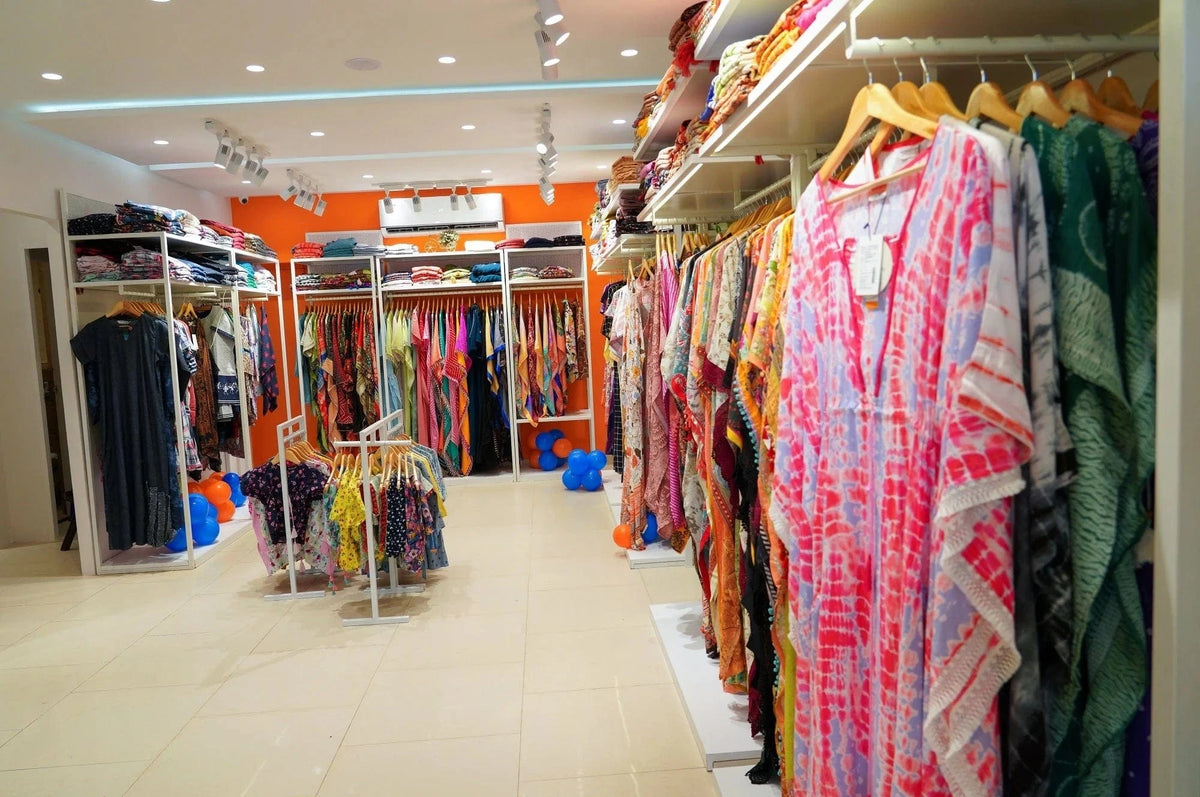
Japanese fashion is trending right now. Asides from the popular kimono style used in songs, movies, Japanese styles have made an impact in the history of fashion across the world.
Today, we explore the uniqueness of Japanese art and fashion with its past, present, and future trends. We will also discuss the most popular and recent trends for 2021 from the land of the rising sun.
History of Japanese Fashion
Historically Japanese fashion has made an impact across the world for various reasons. The heritage and culture of Japan and its affluence presents a unique fashion definition while creating their own style.

Since the 1850s when international trade activities were initiated, Japan became a main source of imported fashion artistry. Japan has unlocked its way to the world with new styles, designs, and materials.
For hundreds of years Western countries have been inspired by Japanese art, traditions, and cultures that have driven to explore their art and fashion. It is an entirely different world of unique arts, paintings, and textiles. Japanese have started to experience outer culture influences.
The most identifiable Japanese item of clothing is the kimono. A modest robe with an origination dated as far back as 1,000 years ago, through the Heian Period. Even though it was not an everyday alternative, this traditional garb was worn for special occasions, like weddings, funerals, and tea ceremonies.
At the time of the Kamakura period (1185- 1333) people began to choose the kimono as everyday clothing. This is when the seasonally inspired colour combinations were born. During the Edo period (1603 -1868) kimono creation grew into a specialized art and craft, and some of them were a kind of artwork and in some cases could cost more than a middle-class family income. These then resulted in kimonos being passed over generations.
Soon after world war ll, the country was in a process of economic and industrial recovery. This exercise covered architecture, art, technology, and fashion intending to regain and uphold the country’s historical stems. They also began adopting modern trends and making it a mixture of oriental and modern culture.
It was an incredible achievement for the world to see that the Japanese have managed to rebuild themselves as a modern, creative, and oriental fireball. This campaign was so successful that Japanese artists and designers began to take over the world of fashion too. Chisato Tsumori, Nicola Formichetti, shinsuke Takizawa, and Hiroko Takahashi, are redefining fashion rules and inviting us to explore the next level of fashion.
Symbolic trends in Japanese Fashion

It is important for us to understand, what the inspirations are like for the designers from Japan. Most designers have been influenced by the styles and designs from these elements below.
- The Kimono
- Wabi-Sabi
- Japanese Street Fashion Kimonos
Kimonos are now world-famous and recognized worldwide and this tradition is adopted from Japan as fashion for the rest of the world. It also incorporates the concept of simplicity. The idea of kimonos is to create a simple and functional piece of outfit with a single fabric, and the garment is augmented with different art patterns.
The kimono is a symbol of simplicity and this sophisticated form has made it one of the most explored and adopted pieces of fashion. In a sense, it has become an iconic piece that represents the beauty and depth of Japanese art and culture. And the Western culture was heavily inspired by their designs and art and kimonos got media exposure from the 1980s.
Many designers like Giorgio Armani and Zuhair Murad took the kimono elements as inspiration for their creations.
Inspiration from Japanese Oriental Art and Painting

For many centuries, the Japanese have been producing decorative visual arts, paintings, and calligraphy. The whole world is attracted towards their art and creativity and there was huge admiration for all Japanese creatives in the second half of the nineteenth century. Buddhism, although originated in India and grew around Asia was the most persistent factor of influence, giving the Japanese a well-established iconography and offered perspectives on the relationship between visual and spiritual development. This was the focal point of Japanese artistic development. This is where the development of Japanese art and culture started developing. The West got influenced after the 16th century by Japanese art and paintings. Gradually, the Japanese started to use the patterns of their paintings in their cultural fashion too, which has influenced Western designers a lot. The themes of the paintings vary but most popular patterns include landscapes, flowers, birds, cherry blossoms, dragons, fishes, and waves. Their motive was to show the beauty of the world with their art.
The Inspiration of Colours and Themes

As we are talking about colours and themes which were used as a pattern on a cloth, Japanese colours have been used in the artistic field for many centuries. Out of which kimono is most noticeable to the world. As the colours used are not natural, the outfit is so expressive that every detail is filled carefully, and it has become a part of their colour sense. Not everyone could afford a kimono with various colours and patterns on it. That has set a standard with their unique style.
Below are some colour patterns with the themes according to the seasonal calendar
|
Month |
Jan |
Feb |
Mar |
Apr |
|
Theme |
Pine |
Red blossom plum |
Peach |
Cherry |
|
Colour |
sprout green & deep purple |
crimson & purple |
peach & khaki |
white & burgundy |
|
Month |
May |
Jun |
Jul |
Aug |
|
Theme |
Orange Flower |
Artemisia |
Lily |
Cicada wing |
|
Colour |
dead leaf yellow & purple |
sprout green & yellow |
red & dead leaf yellow |
cedar bark & sky blue |
|
Month |
Sep |
Oct |
Nov |
Dec |
|
Theme |
Aster |
Bush Clover |
Maple |
Chrysanthemum |
|
Colour |
lavender & burgundy |
rose & slate blue |
vermilion & grey green |
lavender & deep blue |
As time evolved, designers started using these colours, patterns, and themes in other kinds of outfits too such as kaftans, and gown sets.
Influence of Japanese Fashion on the World
When we think of Japanese fashion the kimono might first come to mind. However, we must dive deeper to better understand Japanese culture and value their contribution to the fashion world. Japanese have influenced the western world a lot in terms of fashion, soon after world war 2 they started evolving themselves in the fields of technology, art, architecture, and fashion.

The whole world was exploring new inspirations for fashion, while Western countries were adopting cultural insights from China, India, Japan, and Indonesia. Japan then began to explore its own culture and came back with astonishing designs and patterns symbolizing their roots.

They also came with a new concept in fashion “the zero-waste movement” started by a Japanese designer Issey Miyake, with his collection made of a single cloth and ensuring excess fabric will not be filled as a dump in the year 1999.
Conclusion
Without a doubt, Japanese art and culture has left a special imprint in modern fashion. The global histrionic movement owes a lot to new Japanese fashion designers. These Japanese are redefining fashion culture and inviting us to explore and dive deeper into another level of the fashion world.
Besides, Japanese are emerging and solving sustainability challenges currently facing the fashion industry. This is a significant contribution and impact from Japanese fashion influencing the current global fashion scene.
If you liked this article, check out our new Japanese-inspired kaftan collections and make sure to follow us on social media for many updates and interesting fashion outfits.
Bibliography





